
- Published on
The Ultimate Guide to Easy, Flavorful Homemade Pizza Dough
- Authors

- Name
- About Us - HealthyFood2Go
Introduction
Making pizza at home can be a delightful culinary adventure, and the key to a great pizza lies in its dough. The "Best Easy Pizza Dough" from 101 Cookbooks offers an insightful guide for at-home pizza enthusiasts. This article aims to simplify the process, ensuring that you can create a delicious pizza crust with ease and confidence. 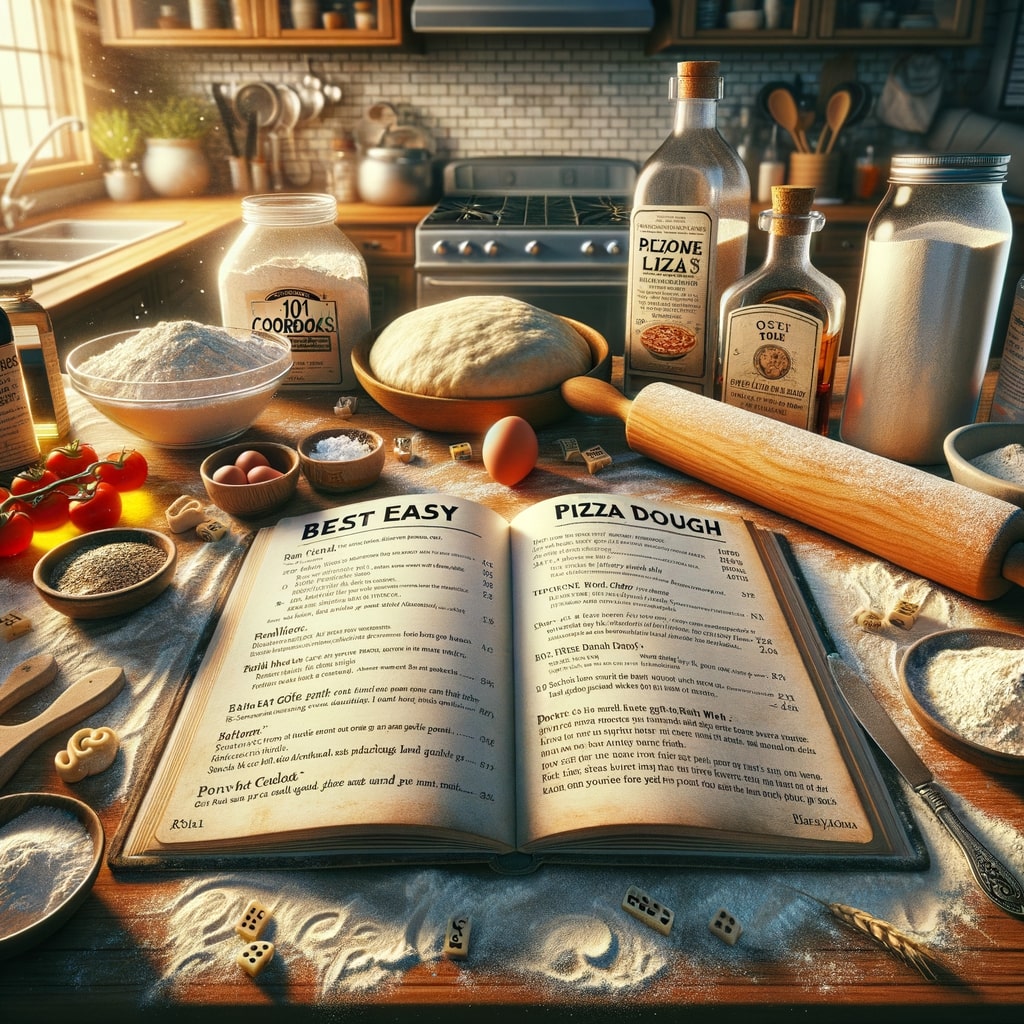
- Understanding the Perfect Dough
- Choosing the Right Flour
- The Art of Slow Fermentation
- Hand-Kneading: A Mixer-Free Approach
- Overcoming Dough Challenges
- Preventing Stickiness
- Baking Mastery
- Toppings: The Final Touch
- Strategy for Topping
- Recommendations
- Step-by-Step Guide to Making the Best Easy Pizza Dough
- Ingredients:
- Equipment:
- Preparation:
- Tips for Success:
- Conclusion
Understanding the Perfect Dough
Choosing the Right Flour
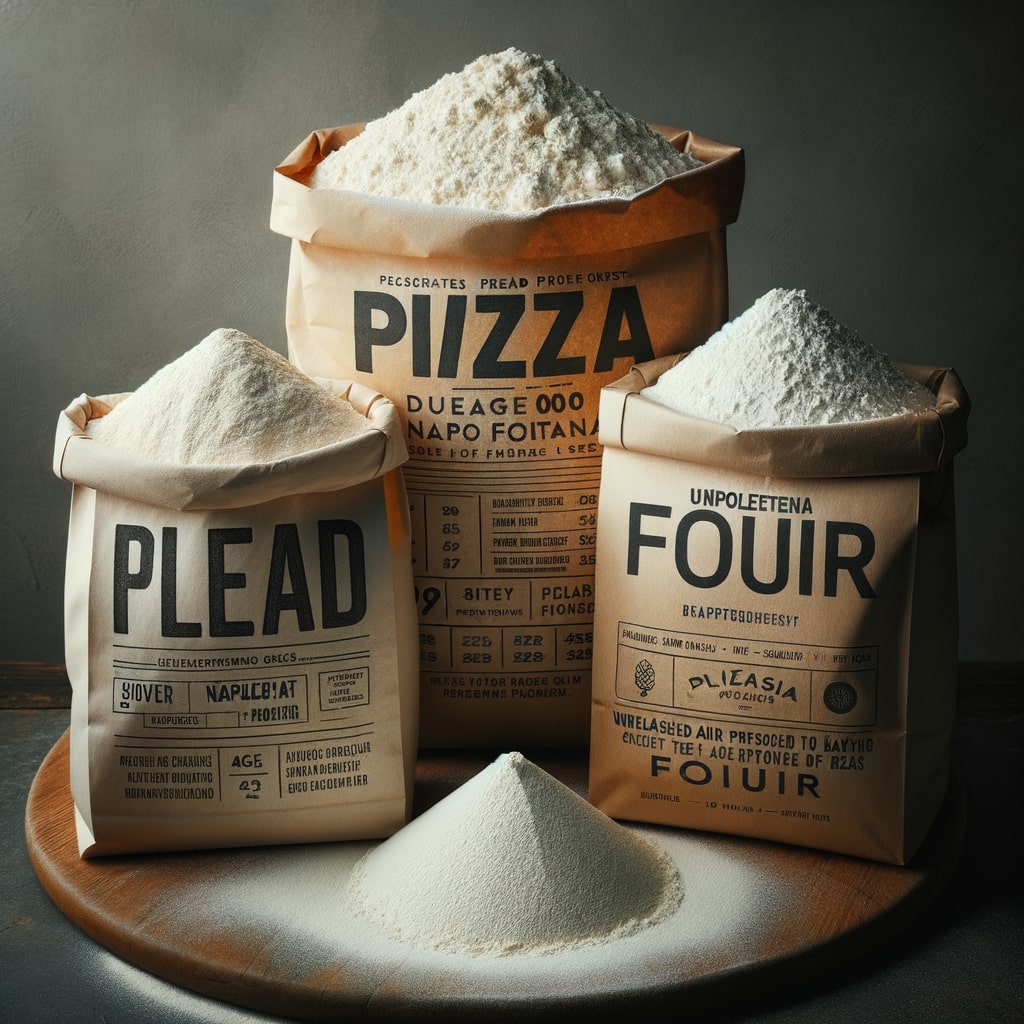
- Bread Flour: Ideal for a chewier crust due to its higher protein content.
- “00” Pizza Flour: Provides a classic Napoletana texture - light and airy.
- Unbleached All-Purpose Flour: A versatile choice for a softer crust.
The Art of Slow Fermentation
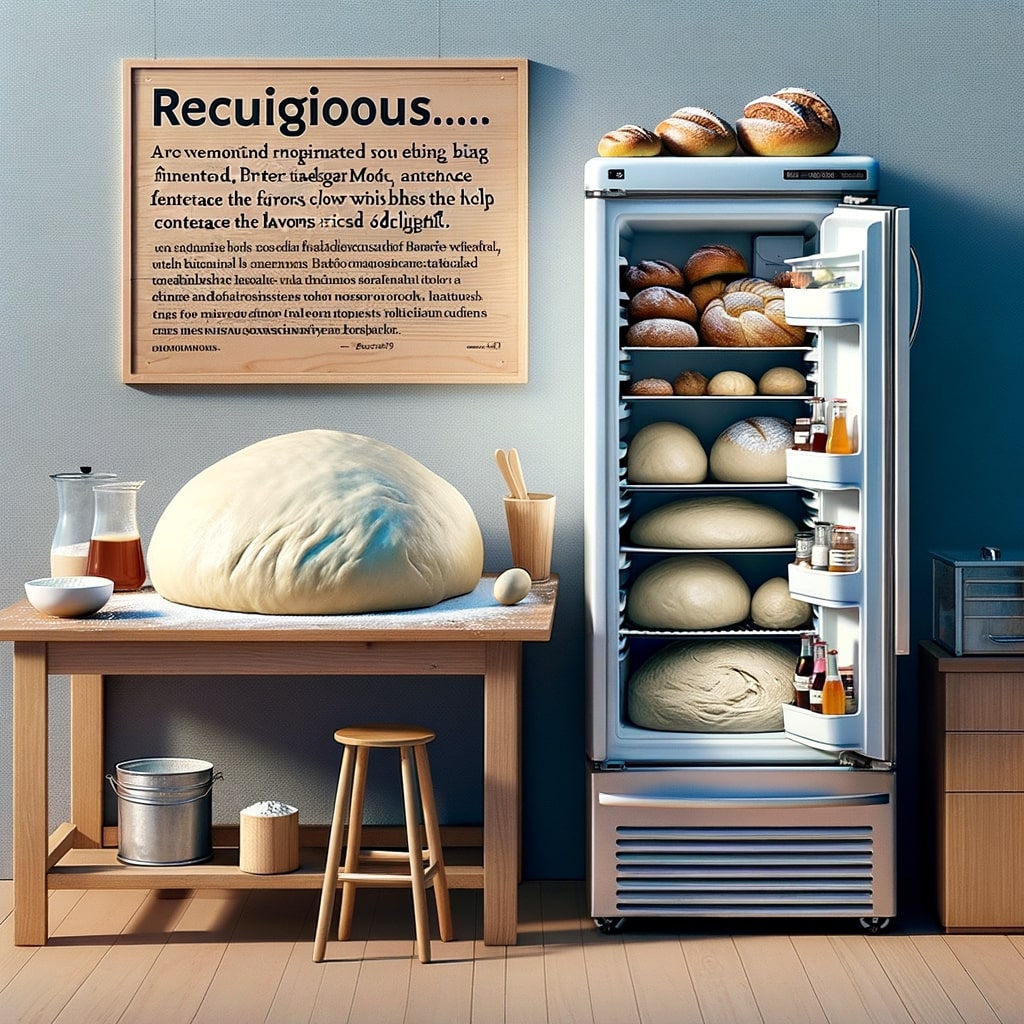
- Flavor Development: Inspired by Peter Reinhart's methods, slow fermentation enhances the dough’s flavor complexity.
- Technique: Refrigerate dough to allow a gradual rise, concentrating the flavors.
Hand-Kneading: A Mixer-Free Approach
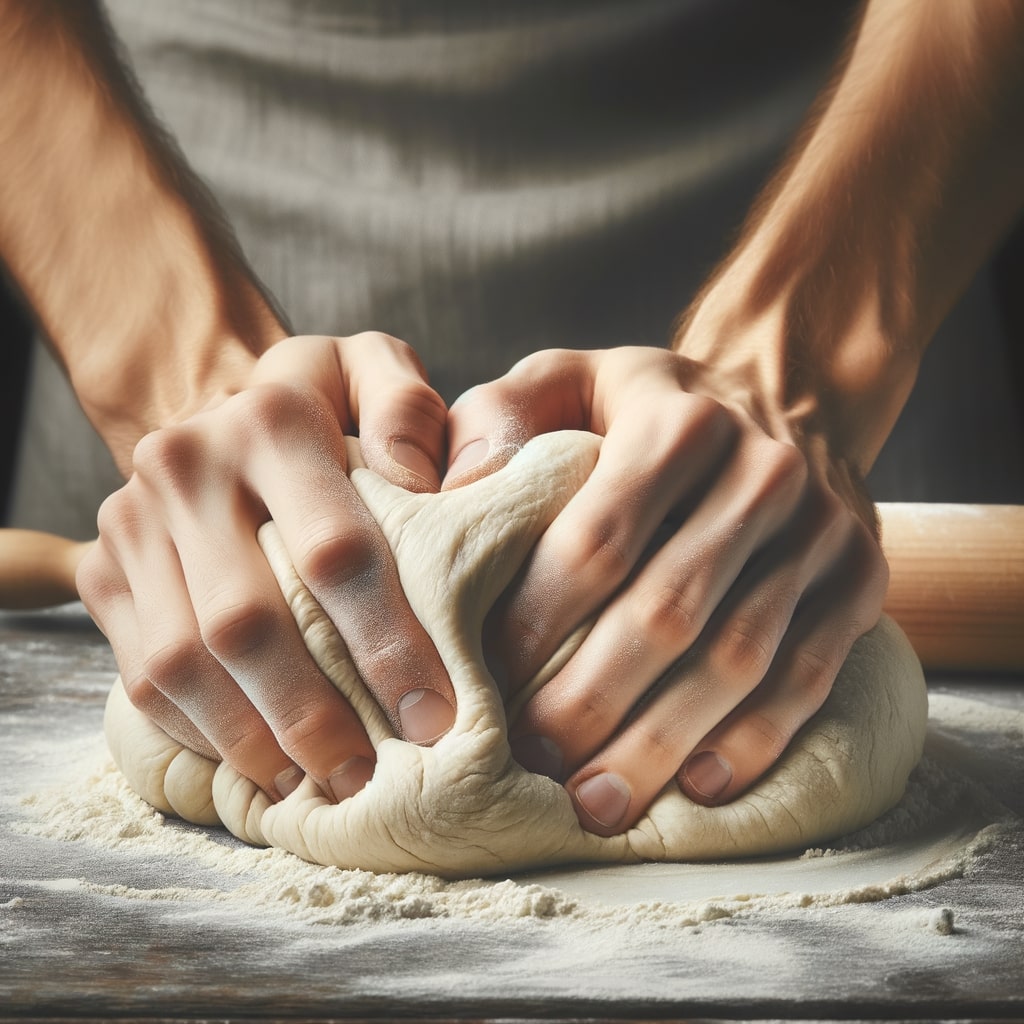
- Tools: Your hands are your best tools. Embrace the tactile experience of hand-mixing and kneading.
- Technique: Gently fold and press, developing the dough's elasticity without overworking it.
Overcoming Dough Challenges
Preventing Stickiness
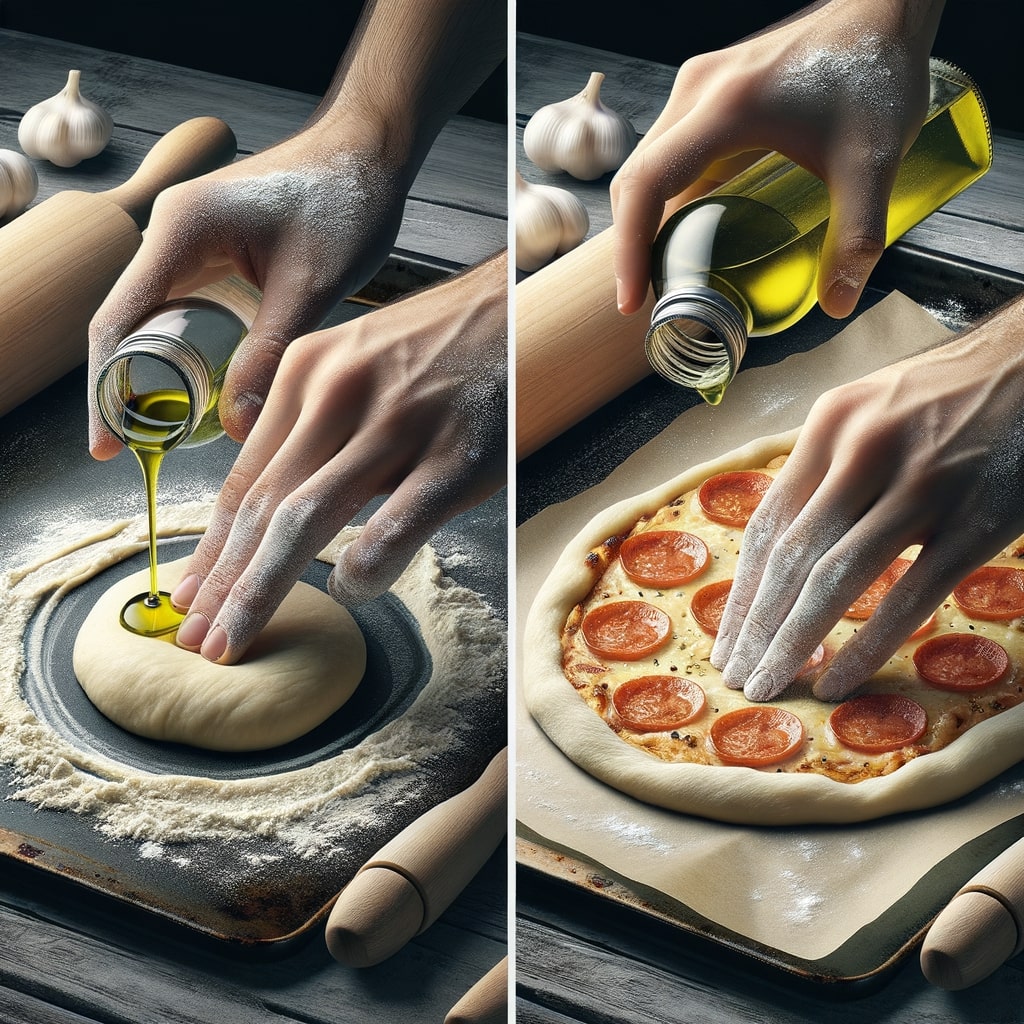
- Preparation: Use a light coating of olive oil or flour to prevent the dough from sticking to surfaces.
- Transfer Techniques: Employ parchment paper or a well-floured pizza peel for easy handling.
Baking Mastery
- Oven Choices: From kitchen ovens to Airstream and outdoor pizza ovens, the baking method influences the crust’s texture.
- Pizza Stones and Pans: These tools help achieve a uniformly cooked crust with a desirable crispiness.
Toppings: The Final Touch
Strategy for Topping
- Balance: Choose toppings that complement each other in flavor and texture.
- Experimentation: Don't be afraid to try new combinations or unconventional ingredients.
Recommendations
- Classics: Fresh mozzarella, basil, and tomato sauce.
- Gourmet Options: Prosciutto with arugula, blue cheese with pear, or roasted vegetables.
Step-by-Step Guide to Making the Best Easy Pizza Dough
Ingredients:
- Flour: Choose from bread flour, “00” pizza flour, or unbleached all-purpose flour.
- Yeast: Active dry yeast or instant yeast for fermentation.
- Water: Lukewarm water to activate the yeast.
- Salt: Enhances flavor and strengthens gluten network.
- Olive Oil: For dough elasticity and richness.
Equipment:
- Mixing bowl
- Kitchen scale or measuring cups
- Plastic wrap or damp kitchen towel
- Pizza peel or baking sheet
- Pizza stone or baking pan

Preparation:
- Activating Yeast: Dissolve a teaspoon of yeast in lukewarm water. Wait for 5-10 minutes until it becomes frothy, indicating the yeast is active.
- Mixing Dough:
- Combine 500 grams (about 4 cups) of flour with a teaspoon of salt in a large mixing bowl.
- Gradually pour in the yeast-water mixture, stirring to incorporate.
- Add a tablespoon of olive oil for extra tenderness.
- Kneading:
- Turn the mixture onto a floured surface.
- Knead for about 10 minutes. The dough should be smooth and elastic, indicating gluten development.
- If the dough is too sticky, add flour a tablespoon at a time.
- First Rise (Bulk Fermentation):
- Shape the dough into a ball and place it in a lightly oiled bowl.
- Cover with plastic wrap or a damp towel.
- Allow it to rise in a warm place until it doubles in size, approximately 1-2 hours.
- Dividing the Dough:
- Punch down the risen dough to release air.
- Divide it into portions depending on desired pizza size. A 500-gram batch can be divided into 2-3 portions.
- Second Rise (Optional Slow Fermentation):
- For enhanced flavor, place the divided dough in the refrigerator, covered, for slow fermentation. This can be done for 24-48 hours.
- Remove from the refrigerator and let it come to room temperature before shaping.
- Shaping the Pizza:
- On a floured surface, flatten a dough ball with your hands.
- Gently stretch the dough by draping it over your knuckles, rotating and stretching until it reaches the desired size. Avoid using a rolling pin as it deflates the dough.
- Baking:
- Preheat the oven to its highest setting (450-500°F) with the pizza stone or pan inside.
- Transfer the shaped dough onto a cornmeal-dusted pizza peel or a parchment-lined baking sheet.
- Add desired toppings, balancing flavors and textures.
- Slide the pizza onto the hot stone or pan.
- Bake for 10-15 minutes until the crust is golden and toppings are cooked.
Tips for Success:
- Flour Selection: Different flours yield different textures. Experiment to find your preference.
- Water Temperature: Ensure water is warm but not hot to prevent killing the yeast.
- Kneading: Proper kneading is crucial for gluten development, which gives the crust its chewy texture.
- Fermentation: Longer fermentation times develop more complex flavors in the dough.
- Oven Temperature: A hot oven is key to a crisp crust.
By following these detailed steps, you can master the art of homemade pizza dough, creating a foundation for endless delicious pizza nights at home. Enjoy the process and the delightful results!
Conclusion
Crafting the perfect pizza dough at home is an attainable goal. By understanding the nuances of flour types, mastering slow fermentation, and employing hand-kneading techniques, you're well on your way to making the best pizza dough. Remember, pizza making is not just about following a recipe—it's about the joy of creating something delicious and sharing it with others. Whether you're a beginner or a seasoned home chef, embrace the process and enjoy every slice of your homemade pizza masterpiece.
